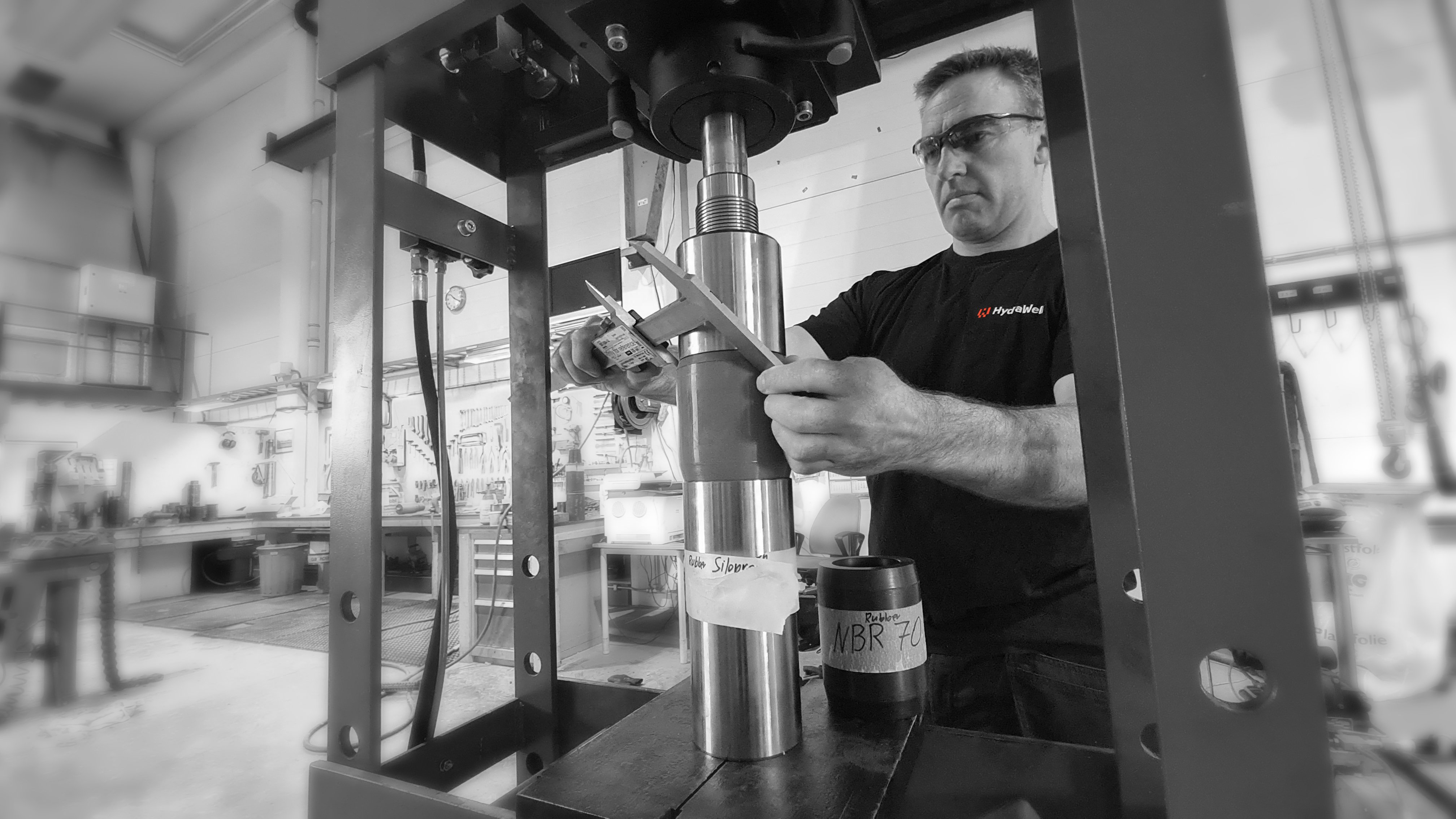When it comes to successful annulus cleaning, you really need to start at the end. That may sound counterintuitive, so let me explain.
With any project of this nature, it goes without saying that the ultimate goal is to mitigate the risk of hydrocarbons leaking from the well. Working back from that point, it’s easy to see why understanding each step of the process, in isolation and amalgamation, is important in ensuring a timely, efficient and effective job.
And the key to understanding anything lies in asking questions. Lots of them.
What does it take to complete a successful job?
For PWC® to be effective and reduce the risk of compromised cementation, it is cruical that the whole annulus is properly cleaned to remove all movable settled solids (e.g. settled barite); that the annulus fluid is exchanged for one which is compatible with the cement to be used and that surfaces are water wet.
Most production casings are not centralized resulting in the casing lying on one side of the borehole – drilling engineers and especially cementers know that these can create an obstacle towards removing mud because PWC® wash fluids may bypass that narrow region and flow through the open region of the annulus instead of clearing out the wellbore fluid. In wells drilled with oil-based mud, it’s even more complicated as the rheology of the wash fluid must be compatible with the annular fluid, and when washing a partially cemented annulus, the limited flow area between the cups may be sealed off with existing cement resulting in an aborted operation.
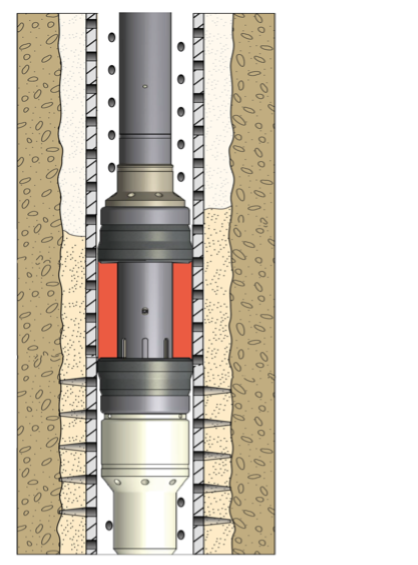
When safety, time and money are primary concerns, the need for a solution which combines innovation and efficiency is paramount.
Should I feel under pressure about pressure?
In a nutshell, yes. To achieve sufficient flow to all areas of the annulus, it’s vital to ensure a minimum pressure drop across the perforations. When this isn’t achieved, the flow will take the path of least resistance and leave unclean annular areas, so SPE paper 148640 recommends a minimum pressure drop of 55psi, i.e. “Limited Entry.”
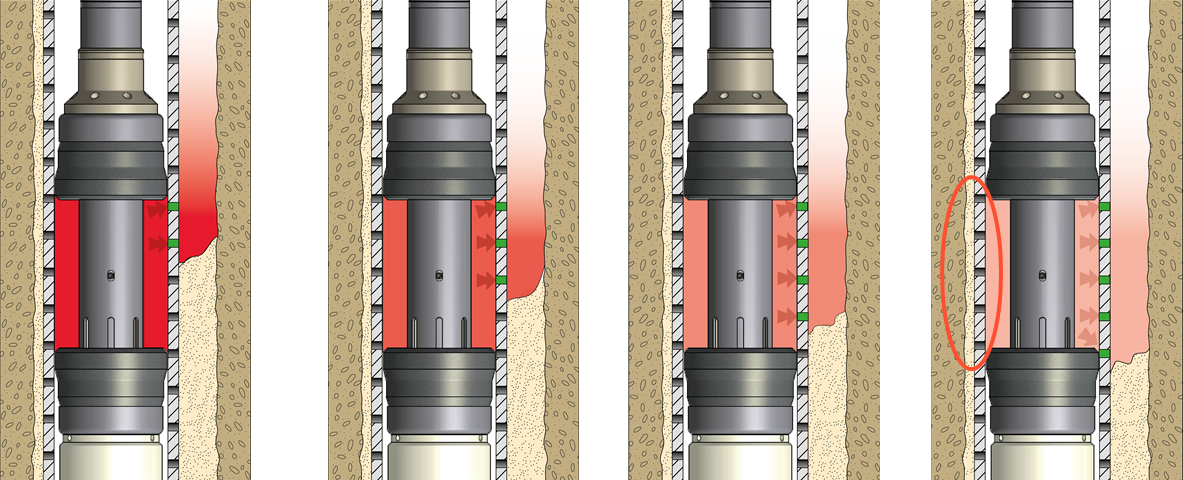
That paper also illustrates the flowrates (with a relatively high mud weight of 14.5 ppg) required to achieve sufficient pressure drop per perforation as a function of hole size. For example, with a reduced mud weight of ± 10 ppg, the flowrate required to achieve even a 25psi pressure drop across 0.8” diameter perforations is approximately 75gpm, or 25bpm for 12 exposed perforations (75 x 0.02381 x 12spf). This is significantly in excess of the maximum flowrates likely to be available on location, and probably exceeds the maximum design criteria for the BHA PWC® wash assembly. Plus, as flowrate, and thus Effective Circulating Density (ECD) increases, so too does the likelihood of losses to formation. We can conclude that simply making the holes bigger or pushing the cups apart does not ensure effective cleaning or cementing – after all, both only mitigate the issue of not having a flow path, you would still not be distributing the flow across all exposed perforations, and there would not be enough flow to obtain a good cementing job.
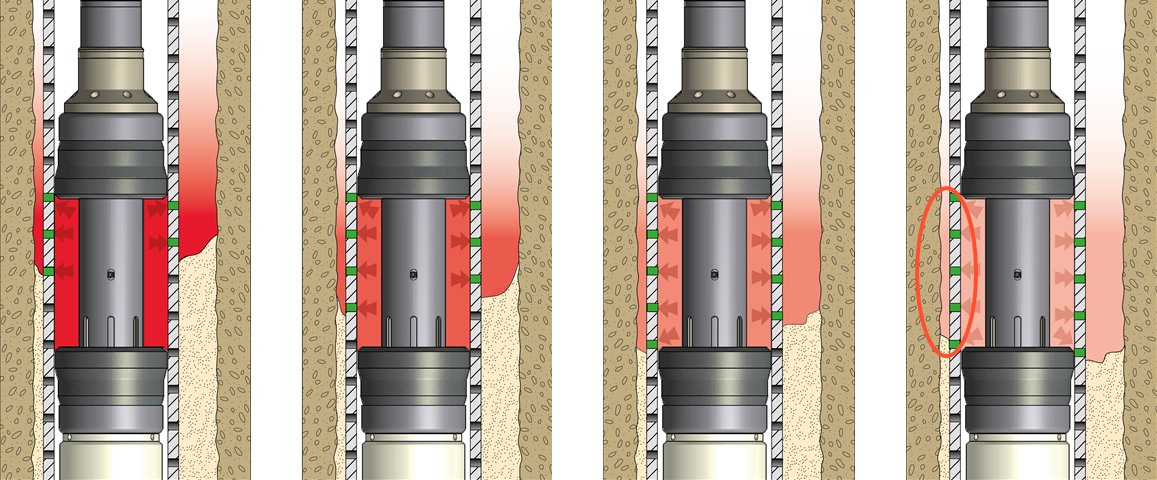
So how can we avoid these constraints on cup-based PWC®?
Employing an alternative, jet-based, PWC® solution utilises the energy inherent in the jets to direct fluid evenly between perforations and create the turbulence required to avoid the fluid then following a simple path of least resistance. This ensures that that difficult “low side” in casings which are not centralized are cleaned effectively and prepared for cementation.
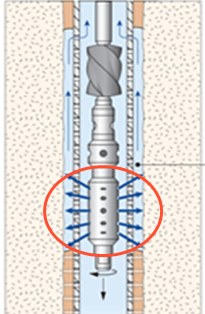
So, it really is a matter of starting at the end.
What do you want to achieve? Have you considered all of the options? Is your incumbent method right for the challenges posed by your well, or is it time to explore alternatives?
I would say, stay curious, ask questions – lots of them – and you might just find the beginning at the end.



